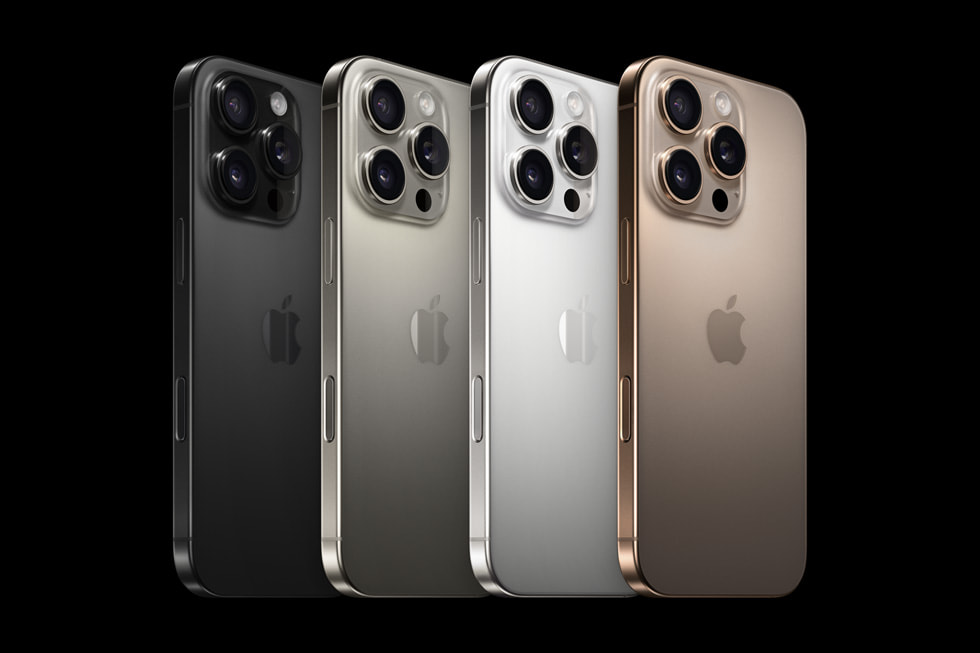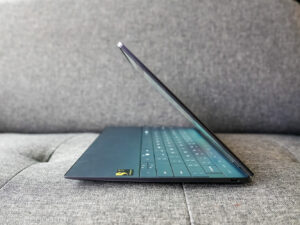
Despite the fanfare announcing the arrival of the new iPhone 16 family on a couple of days ago in the United States, my reaction to the latest Apple smartphone has been lukewarm.
For many, the launch of new iPhones every September is the most anticipated gadget event on the calendar. This year, there seems an important element is missing to dull the excitement.
The iPhone 16 series, which includes the iPhone 16, iPhone 16 Plus, iPhone 16 Pro and iPhone 16 Pro Max, features the new A18 chip manufactured by Taiwan’s TSMC using the latest 3-nanometer process. More on specifications and features here and here.
This event marks a significant moment for Apple as it was expected to launch the iPhone 16 as the iPhone equipped with AI, or Apple Intelligence. However, the event fell short. The AI would not be there if you had ordered one for delivery on September 20.
The company repeated what it said during its WWDC event in June. Apple Intelligence’s absence has put the company in a bit of a tricky spot, the delay putting Apple behind its competitors, which have already integrated AI features into their devices.
I have been looking forward to Apple Intelligence, so the fact that it will arrive in dribs and drabs over the next few months, is a major irritant.
In the iPhone 16, the features which stand out for me are the new Camera Control and Action buttons and the slightly bigger screen with bezels that are a bit smaller.
Taking a picture on the iPhone will become second nature with Camera Control. The button enables the user to quickly access camera functions and features. I like this feature as it provides quick access to camera functions, I can see how users can quickly whip up their iPhones to capture the perfect shot.
The Action button is useful. It will quickly turn it into whatever-you-want-to-do button, enabling consumers to customise the feature they use most often. For me, I will probably turn it into the Podcast button. This feature debuted on last year’s iPhone 15 Pro and Pro Max is coming to the iPhone 16 this year.
Also on the plus side, the new iPhone gets new silicon. The A18 chip, built on second-generation 3nm technology at TSMC, will power the iPhone 16.
The Pro and Pro Max models will be powered by the more advanced A18 Pro chips. Apple says the new silicon will enable more graphics-intensive gaming, power computational photography features and accelerate Apple Intelligence, when it arrives.
The iPhone 16 series boasts enhanced photography features, including spatial photos and videos, a better ultra-wide camera, and improved low-light performance.
The iPhone 16 Pro and Pro Max is available in black, white, natural and desert titanium, with a textured matte glass back and ceramic shield front. Personally, I will decide between the black or desert titanium.
For size, I prefer a bigger screen, so my choice will be the iPhone 16 Pro Max. At 6.9 inches, it is a tad bigger than my iPhone 15 Pro Max, which offers 6.7 inches. This would be a trade-off as a bigger screen also means a heavier smartphone of about 227g versus 221g for its predecessor. Detailed specifications can be found here.
Pre-orders for the iPhone 16 starts September 13 and it will be delivered on September 20. Prices for the new models are about the same as before – in Singapore, the Pro starts from S$1,599 while the Pro Max starts from S$1,899.
Will iPhone 16 provide growth bump?
Research firm IDC believes that Apple’s iPhone growth will be affected by the dribs and drabs that characterise the arrival of Apple Intelligence.
Android is the growth leader, expanding nine times faster at 7.1 per cent compared to iOS at 0.8 per cent, according to the research firm. Apple’s softer growth is a result of increasing competition in China, IDC adds in a smartphone report last month.
It also expects a robust 344 per cent growth for GenAI smartphones, capturing 18 per cent share of the total market by end of this year, as most flagships will adopt some on-device GenAI features.
Meanwhile, worldwide smartphone shipments are forecast to grow 5.8 per cent year over year in 2024 to 1.23 billion units.
One more thing…
Do note that cybercriminals are jumping on iPhone 16 bandwagon as well. So highly anticipated is the new Apple phone that cybercriminals are conducting fraudulent activity around the launch, according to Kaspersky.
Scammers, the cybersecurity firm warn, are luring fans waiting to buy the new smartphones with fake pre-orders, early-adopter offers, and bogus technical support.






